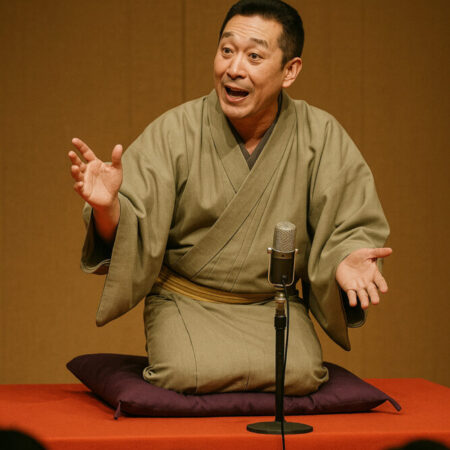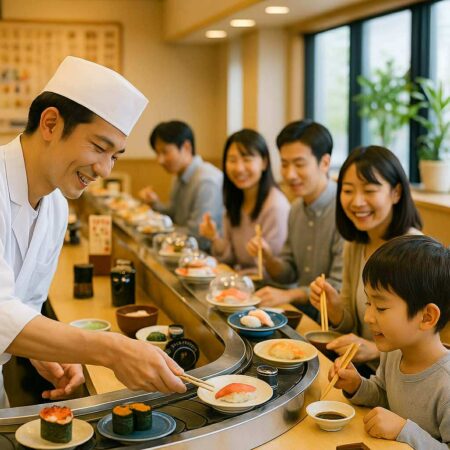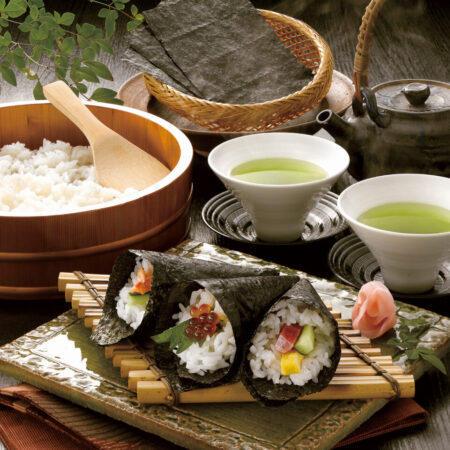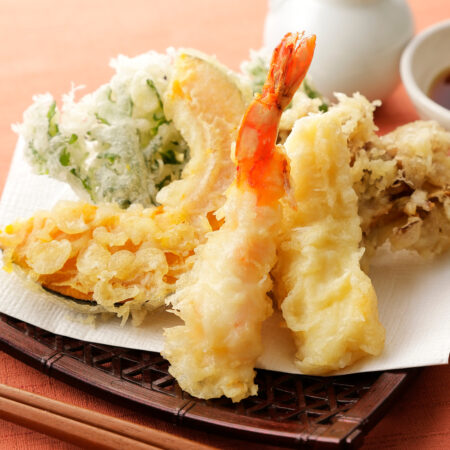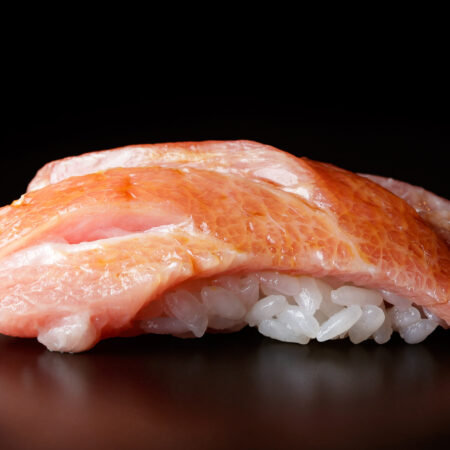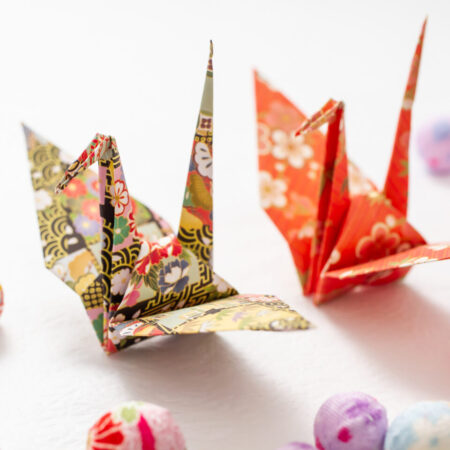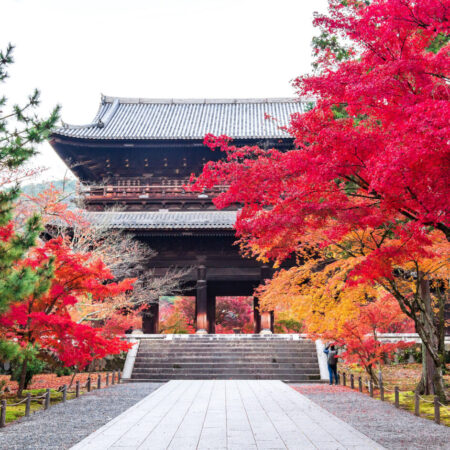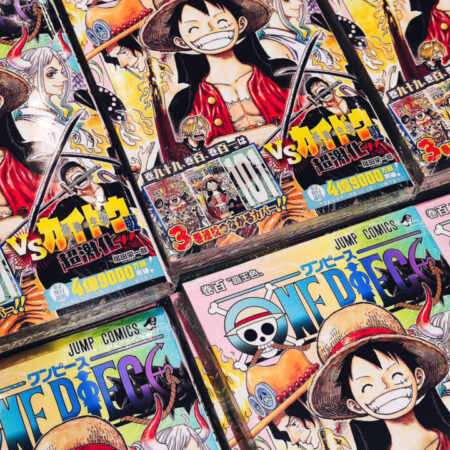The roots of Japanese manga date back to ancient times, reaching as far as the Heian period. The “Chōjū-giga” scrolls from that era depicted animals behaving like humans, laying the foundation for storytelling in later manga. Subsequently, ukiyo-e woodblock prints that gained popularity during the Edo period also significantly influenced manga’s development. Notably, caricatures and satirical drawings by ukiyo-e artists such as Katsushika Hokusai and Utagawa Kuniyoshi served as precursors to modern manga. Ukiyo-e art depicted everyday scenes and people’s lives in intricate detail, contributing to the realistic style and depiction of daily life found in contemporary manga. During the Meiji period, Western political cartoons and cartoons began to be introduced, leading to the evolution of manga with a fusion of Japanese style. In particular, post-war manga artists like Osamu Tezuka pioneered new forms of manga. His work “Astro Boy” symbolizes this transformation and remains known to many as an emblematic piece of this era. Entering the 1960s, television anime that utilized manga’s narrative potential started airing. Tezuka’s “Astro Boy” was a precursor to this trend, cementing a deep connection between manga and anime. Japan’s manga has evolved with its unique history and culture, as far back as ancient times, to become what it is today.
Roots
A Journey through Japanese Manga
East and West
Exploring Anime's Differences
Japanese anime and foreign animation exhibit significant differences. Primarily, Japanese anime caters to a wide age range, from children to adults, while many foreign animations are primarily targeted at children. Additionally, Japanese anime often delves into intricate plots, exploring deep themes, emotional conflicts, and complex human relationships. Conversely, Western animations often emphasize clear-cut good vs. evil conflicts and action elements. Furthermore, differences can be observed in the art styles. Japanese anime showcases distinct character designs, background art, and color palettes, while foreign animations frequently feature more realistic character designs and 3D animation. These differences contribute to the unique appeal and value of both Japanese anime and foreign animations, each garnering support from their respective fans.
Spread
Japan's Story Spreading Globally
The catalyst for Japan’s manga culture garnering international attention was Osamu Tezuka’s “Astro Boy,” which began serialization in the 1950s. Its unique storytelling and character design possessed an allure that captivated readers not just within Japan but around the world. “Astro Boy” was translated and published in over 60 countries and regions, and in the early 1960s, it was adapted into an anime that was broadcasted worldwide. This marked the beginning of a series of successes that propelled Japanese manga and anime to rapid global recognition. In the 1970s, works like “Dragon Ball” gained popularity, followed by series such as “Sailor Moon” and “Pokémon” in the 1990s. Many of these works were embraced through translations, broadcasts, and merchandise overseas. They harnessed the distinct elements of Japanese manga and anime, including unique character designs, intricate narrative development, and detailed world-building, captivating a diverse fanbase even within foreign cultures.
Voice
Captivating the World: The Magic of Anime
Japanese anime has garnered a massive following not only within Japan but also across the globe. The reasons why fans are drawn to anime are diverse. Let’s take a moment to hear from some foreign fans of Japanese anime. Emily, a college student from the United States, shares, “Japanese anime captivates with its intricate storytelling, appealing characters, and unique aesthetic sense. Particularly, ‘Demon Slayer’ touched me with its passionate character bonds and themes of family love.” Similarly, Li, a young individual from China, states, “The appeal of Japanese anime lies in its ability to cater to audiences of all ages. In ‘My Hero Academia,’ universal themes like the protagonist’s efforts, growth, and friendship are passionately portrayed, inspiring courage within myself.” From these voices, it becomes clear that Japanese anime enchants overseas fans with its distinct storytelling, character design, and profound themes.
events
Connecting Through Manga and Anime!
The popularity of Japanese anime and manga has transcended borders, giving rise to numerous events and conventions all around the world. These gatherings serve as testaments to how beloved and embraced Japanese pop culture is on a global scale. Let’s introduce you to a few of these events taking place across the world:
▪️Anime Expo (AX) – USA Known as North America’s largest anime convention, it takes place annually during the summer in Los Angeles. Participants can enjoy cosplay events, artist alleys, and a wide range of panel discussions on various anime-related topics.
▪️Japan Expo – France Held in Paris, this is the largest Japanese pop culture event in Europe. It doesn’t just focus on anime and manga, but also highlights Japanese music, fashion, and traditional culture.
▪️Otakon – USA Taking place in Washington D.C., this event offers a diverse array of activities such as anime and manga sessions, cultural panels, film screenings, and cosplay.
▪️SMASH! Sydney Manga and Anime Show – Australia Hosted in Sydney, Australia, this event stands out for its cosplay and artist markets, as well as the participation of voice actors.
▪️MCM London Comic Con – UK As the largest pop culture event in the United Kingdom, it boasts a comprehensive lineup of sessions dedicated to anime and manga.
These events bring together participants from all over the world, along with guests and creators from Japan, creating platforms for international exchange. It’s evident that Japanese anime and manga go beyond mere entertainment, serving as bridges for international cultural exchange. Japanese manga and anime aren’t just about stories and characters; they also serve as vehicles to share unique cultures and values worldwide. So, why not dive into this captivating world? Join fellow fans from around the globe in exploring the allure of Japanese manga and anime, and let’s enjoy this journey together!
CULTURE
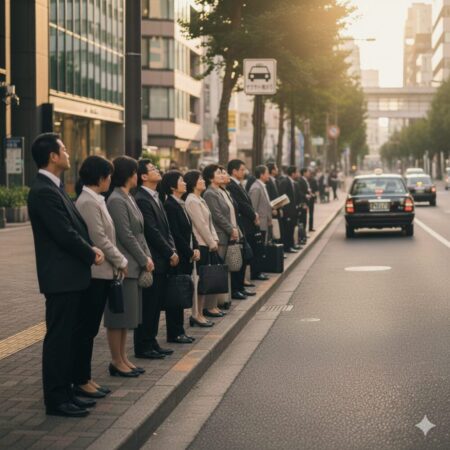
Why Do Japanese People Line Up So Perfectly?
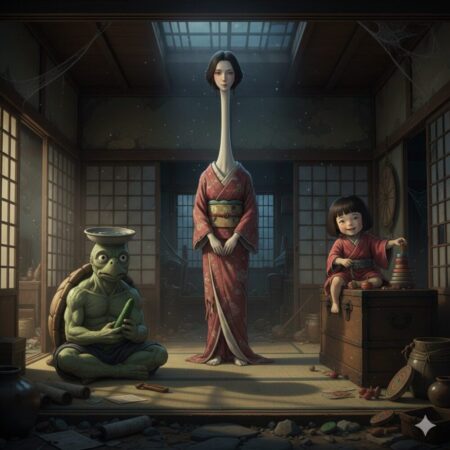
What Is Yokai?

Why Do Japanese People Bow So Often?

Why do Japanese people say “Itadakimasu”?
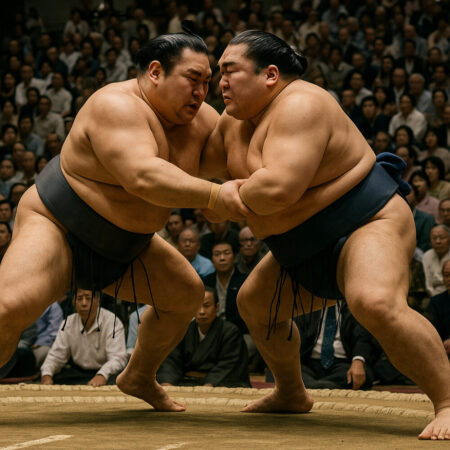
5 Fascinating Trivia about the Traditional Japanese Sport, “Sumo”

Why is Sleeping with Your Head to the North Bad? The Reason Lies in Old Japanese Folklore
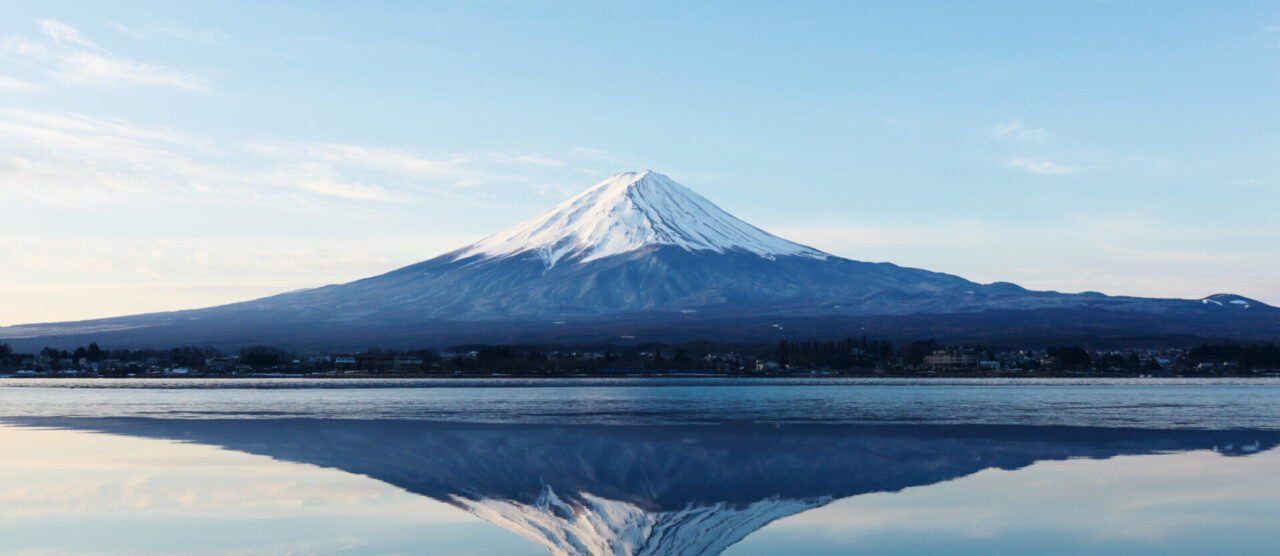
Recommended Halloween Events for 2023
